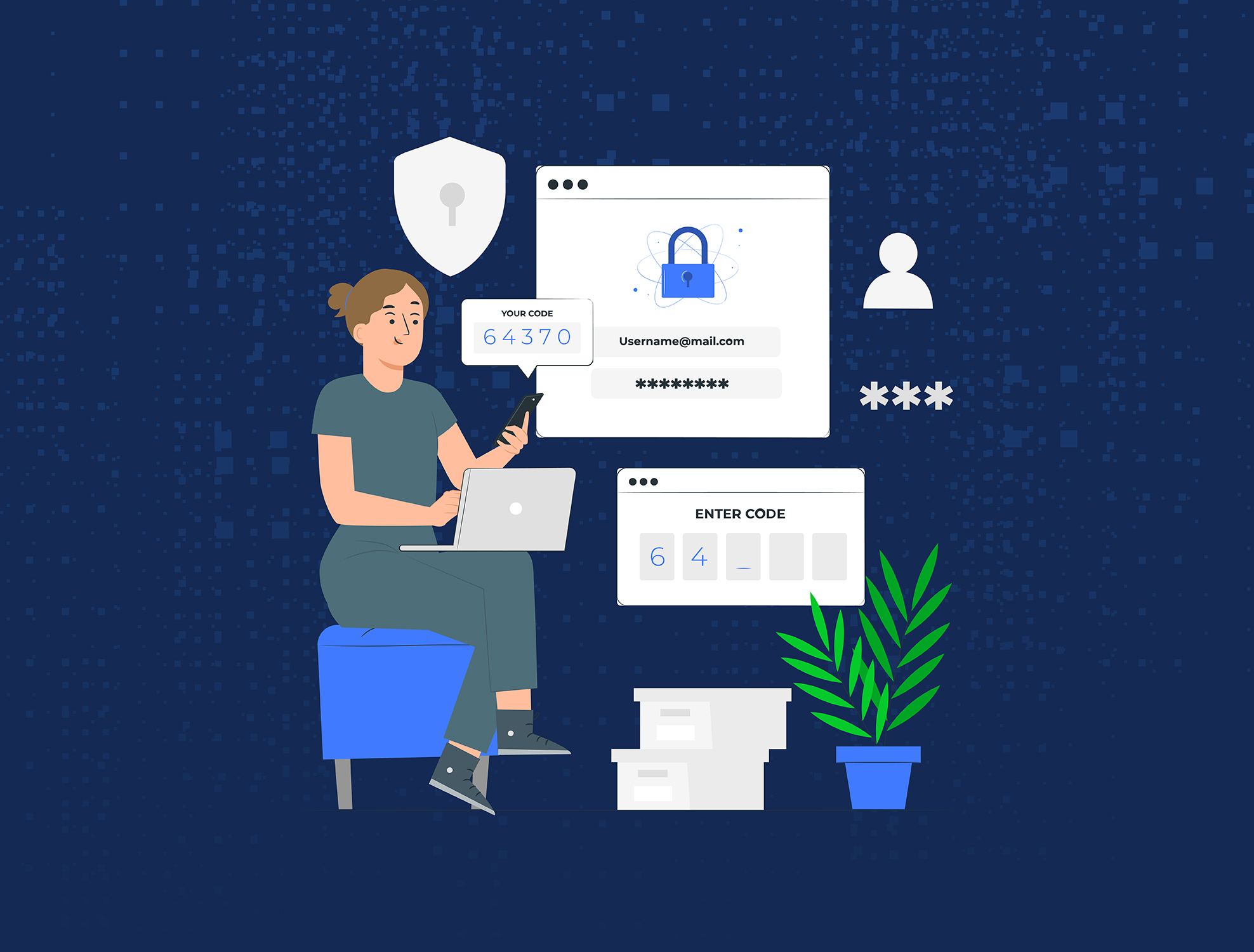- How do I design my Call Center Wallboard?
- Which metric should I be using?
- Are these the right metrics to show off my team performance?
- Do I need to update and change the way I am measuring performance?
- Can I motivate my agents with the wallboards?
If you find yourself asking these questions, you are not alone. NovelVox has designed and deployed over 150 Contact Center wallboards across 60 customers worldwide. We understand not every contact center is the same, but when it comes to call center reporting, most of the contact centers have the same objectives, they want to measure where they are right now and where they need to be tomorrow.
With that in mind, I sat down with NovelVox’s Service Delivery Manager, Mr. Manish Rai to ask him what clients wanted from their dashboards, the different types of agent statistics and the various metrics requested from NovelVox’s clients. I also wanted to understand where the industry was going, and if there were any trends we should be aware of.
What is the most requested KPI on the Wallboard?
We have certain KPIs that we call ‘basic’. This is basic to us, as we have been doing this day in day out for the past decade. These commonly requested KPIs include, but not limited to: AHT (Average Hold Time), SLAs (Service Levels Agreement), Calls in Queue and Number of Abandoned calls and many more.
What has been on the rise, and is being requested more often, is team performance. Here, you compare your performance against other teams with metrics such as Maximum Average hold time, and Maximum Average ring time per team.
Is Team metrics something you see often?
As a matter of fact, yes. We have seen a huge surge in demand for team-based wallboards. Primarily, this is used for agent motivation and it works.
When you see the metrics displayed on the wallboard, it could be Agent vs Team or Team vs Team. Either way, this friendly competition promotes new ideas and improve processes. Our customers usually have two ways to display team metrics: Infographic layout as below, and the other is Gamification – see later in this blog.
Gamification, how do you gamify your wallboards?
Gamification it’s centered around two concepts, the first is to group teams into a competition to reach goals, the second is about displaying data in a gamified view. As an example, the wallboard below is one of the many different Gamified Wallboards NovelVox has created. We have seen a notable increase in agent engagement rates when adding a gamified view of their contact center operations.
Another requirement we see in Gamification is rewards and recognition. Much like when you complete a difficult level in a game, the team is rewarded with animations such as screen fireworks with sound or a congratulations screen so other teams can see their achievements. This instant gratification is a huge motivational tool for agents.

What other requests have you seen within the last year? Are there any trends?
We have seen a lot of requests coming for 3rd party application integration. When it comes to wallboards, showing just the contact center data by itself does not add context. It’s merely data, not intelligence. So, a lot of our clients have been requesting wallboards to be integrated with other operational systems that would add context to why customers are calling to provide a full picture of the agent’s life.
As a matter of fact, one of our most requested integrations is Workforce Management Solutions. With this integration, you can get the full story of the agent’s life within the contact center.
We also noticed a niche requirement from our customers. Customer Sentiment. With a customer sentiment score on the wallboard and combining this with contact center metrics, you can see how team performance is affecting customer sentiment – effectively knowing if the customers are happy or not, which is a powerful motivator.
Where do you see the future of the wallboards heading?
There are two trends that I see emerging: Seat Plan Wallboards and Voice-Enabled wallboards.
Let’s talk about seat plans first. The iVision seat plan provides an overall view of your contact centers’ physical seats. You can see if an agent seat is active on a call, on hold, or has a fault. This gives you a birds-eye view of your contact center across multiple sites.
Voice-Enabled Wallboards looks like the next big thing. The Idea is to give commands to your wallboard to switch between views. As you know, wallboards have many different screen layouts that it rotates around. With voice commands, you can zoom in on specific metrics easily or just shift from one view to another different view.



















